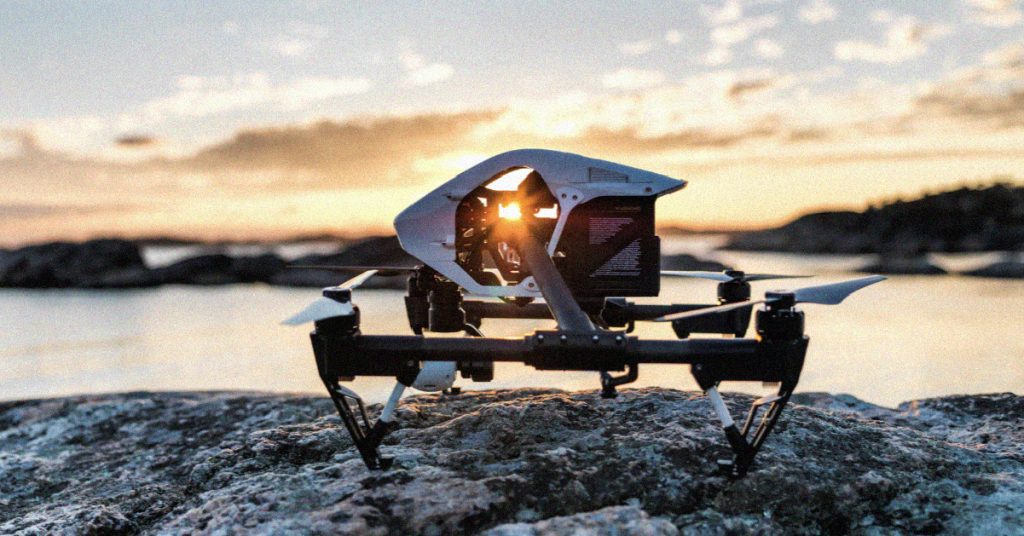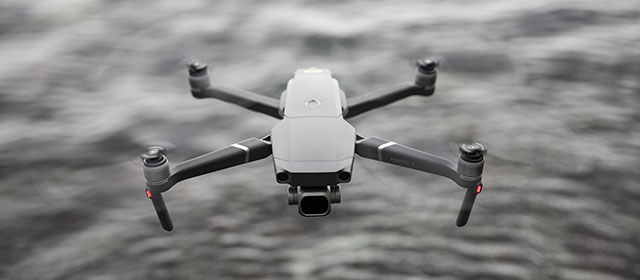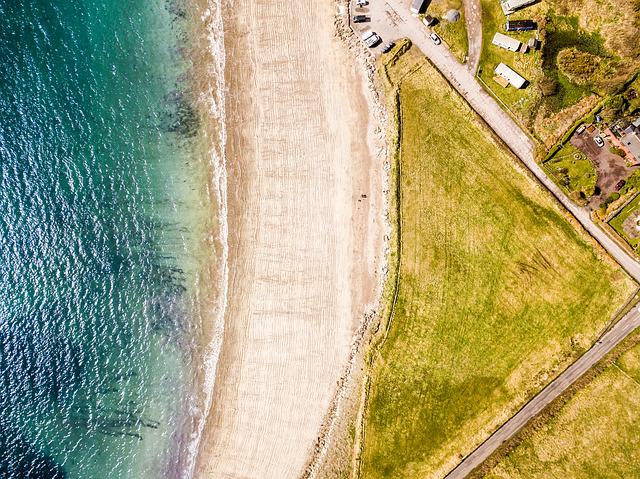
In this article, we'll look at the basics of a drone fishing rig. We'll also talk about what to watch out for when you choose your drone, the battery life, and the payload. Then we'll show you how to get more out of your drone. Keep reading to learn more. Soon you will have the drone of dreams! Let's start!...and maybe catch a few fish!
Basic drone fishing equipment
A good set of hooks is the most important thing when you want to begin drone fishing. The fishing line should not be more than twice the length. It should be mono- or braided. The fishing line should be doubled and tied with a Cat's Paw Loop (or Uni knot). You will also need a sinker (2-8 oz) and hooks (to attach to each section of the backbone). Attach the snap swivel's lead loop to your drone's end loop.
There are many ways to create a fishing drone. One basic method involves attaching a hook on the drone's landing gear and spinning the line until it releases. Other low-cost ways include using a dropper to keep the fishing line below the drone and a drop line. A dropper allows you to keep the main line below the drone without getting tangled with the propellers. The fishing drones can also be equipped with accessories, such as a battery pack and a dock.
You'll need some additional equipment after you have purchased your basic drone fishing kit. A fishing line that is approximately 700m long, as well as a bait-dropping apparatus are required. These are optional accessories, but they can make your drone fishing adventure more enjoyable. A good drone will allow you to see more of your surroundings and be able spot fish much easier.

Payload on drone fishing rig
It is important to understand the safety precautions you must take if you intend to catch fish from a drone. Strong winds and rain are not safe conditions for your drone to fly. Here are some suggestions:
First, ensure your drone has a strong carrying capacity. You can't load it with heavy lures, braided or heavy line. You should also be aware that the wind can cause the drone's drift if you fish at the coast. You should also check the local laws and regulations as some might not allow drone fishing. Once you've decided to go fishing with a drone, you need to choose one with solid carrying capacity.
Next, you need to decide which accessories will be needed to mount your drone. A good rule of thumb is to use a rigging system that has a central attachment point to reduce weight distribution problems. The motor struts and landing gear are the best points for attachment. Avoid attaching any payloads to the camera or gimbal as these could cause damage. The easiest solution is to tie some fishing line along the length from one corner to another. You can secure it with tape to stop it from coming off.
The battery life of drone fishing rigs
Before going out fishing with your drone, be sure to check the batteries and the other gear. This will prevent your drone from running low on battery life, and you can focus on fishing instead. Some drones come with solar panels that can be charged by car batteries or solar panels. You should start with fully charged batteries. This will ensure that your drone is ready to fly as soon as you get to your fishing spot.

Another important factor to consider is the drone's flight time. Although some drones have longer flight times, others can fly for as little as twenty-two seconds. This is great if the drone can fly for hours on the water. But you should be aware that a drone with limited endurance will be inoperable and will make it nearly impossible for you to catch fish.
After setting up your fishing rod, attach the fishing clip to the drone's legs or motor struts. Attach the bait to your fishing line. Lock the reel when you are ready for the drone to fly. As the drone drops the bait into the water, the tension will increase. You should charge the battery every time you use it, otherwise it might not function properly.
FAQ
How can I keep drones from my home?
Drones are increasingly popular for home surveillance. However, they pose a threat to privacy and security. If you want to avoid drone attacks, you should install motion sensors around your property and use them to detect any unauthorized flying objects.
Does the FAA regulate drones
The FAA is responsible for all aspects of drone operation, including certification requirements, safety standards, and licensing procedures.
What's the difference between quadcopters and hexacopters?
A quadcopter is a four-rotor helicopter that flies like a traditional helicopter. The quadcopter has four independent rotors. A hexacopter is similar to a quadcopter except that it has six rotors instead of four. Hexacopters offer more maneuverability and stability than quadcopters.
Where Are Drones Banned?
The FAA prohibits drones from flying within close proximity to airports, stadiums and sporting events, as well as nuclear power plants, hospitals and prisons. They are allowed to fly at night by using GPS technology.
What are the laws regarding flying drones
The Federal Aviation Administration (FAA), in the United States, regulates all aspects related to drone operations. A certificate issued by the FAA is required to commercially operate a drone. After that, you must pass an exam and complete a course to learn piloting skills. You will then need to pay an agency fee.
What is the law regarding drones flying over private property
New rules have been issued by the FAA for commercial drone flying. These rules apply only to UAVs weighing less than 55 pounds and flying below 400 feet above ground level. Commercial operators must register with FAA to receive a license. They will also require permission from local authorities to operate near airports and other restricted areas.
Which drone is the best?
The DJI Phantom 2 Vision+ drone is a popular choice for beginners. The 4K camera on this model allows you to take stunning aerial photos and videos. The drone's GPS system allows you to navigate easily.
Statistics
- With the top 10% making over $100/h and the bottom 10% making as low as $10/h. (dronesgator.com)
- According to the multiple listing service (MLS), houses and apartments with drone photographs are up to 68 percent more likely to sell than those without pictures. (thedroneu.com)
- Research and Markets predict a growth rate of 51.1% over the next five years. (thedroneu.com)
External Links
How To
How to Fly Drones with Beginners
A drone is a remotely-controlled aircraft that is used for aerial photography and surveillance. Drone technology has existed since World War II. However, commercial use began in 2010 when DJI released their Phantom series of quadcopters. There have been many drones made since then. These range from beginner-friendly drones like Parrot AR Drone 2.0 to more advanced multi-rotor craft like DJI Mavic Pro.
There are many options for flying a drone.
-
Remote control - This method uses a control device attached to your hand, which enables you to steer the drone through its flight path. There are two main types: Joysticks (like a radio), and On/Off switches (like an alarm clock).
-
Manual Control - This method uses a smartphone app to remotely control the drone using GPS coordinates. The app will provide instructions and help you to locate the drone.
-
Autonomous Flight - This method involves leaving the piloting duties to the drone itself. It allows the drone to fly independently without any human intervention. To enable autonomous flight, the drone should have a built in camera and sensors capable recording images and data.
-
Triggered Flying - This method works in the same way as manual control. However, the pilot has to manually set up a route for the drone and it follows that route until reaching the endpoint. After the program is complete, the drone automatically returns to the ground.
-
Landing Gear – Some drones are equipped with landing gear, which allows them to safely land if they lose power during flight.
-
Goggles: Some pilots use goggles in order to protect themselves against debris when operating.
-
Camera - You can capture photos and videos with your drone from the air.
-
Obstacles-Some drones come with obstacle avoidance devices that keep them from hitting obstructions.
-
Speed - Some drones reach speeds exceeding 40 mph.
-
Battery Life - Most drones are capable of lasting between 20 minutes and three hours, depending on the power that you use.
-
Distance - Some drones can travel up 30 miles depending on the model.
-
Power source - Some drones need an external power source, while others use internal batteries.
-
Weight - Some drones are lighter than others, while some models can weigh as much as 4 pounds.
-
Size - Drones can range in size from tiny devices that can fit in your palm to heavy crafts that weigh 50 pounds.
-
Price - From high-end models that cost thousands of dollars to low-cost options that start at $100, all drones fall under a certain price category.